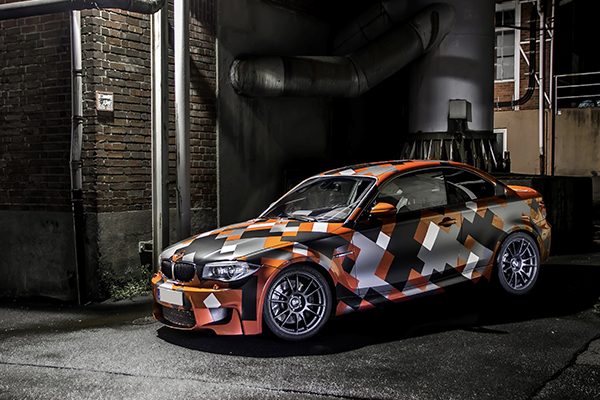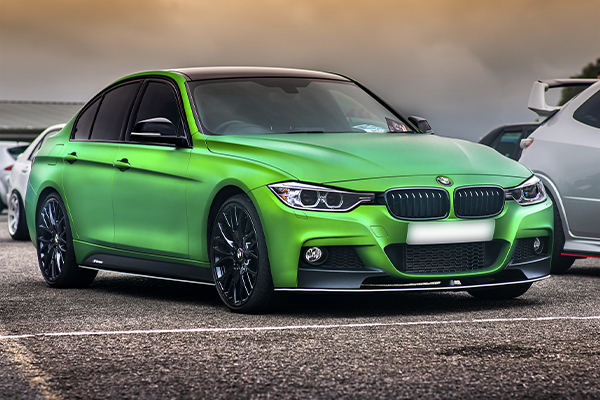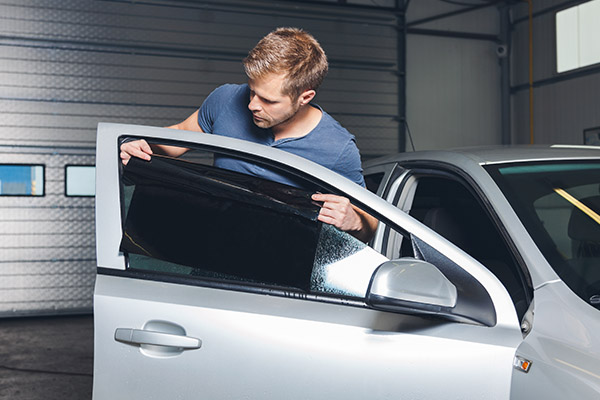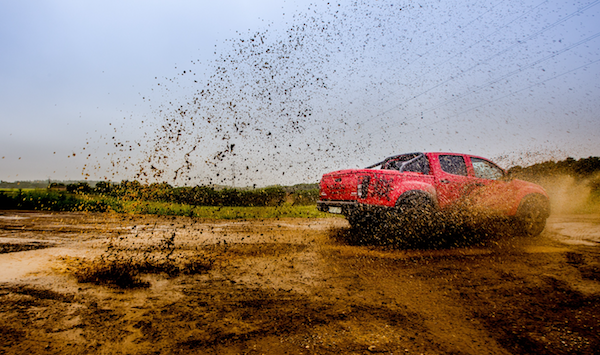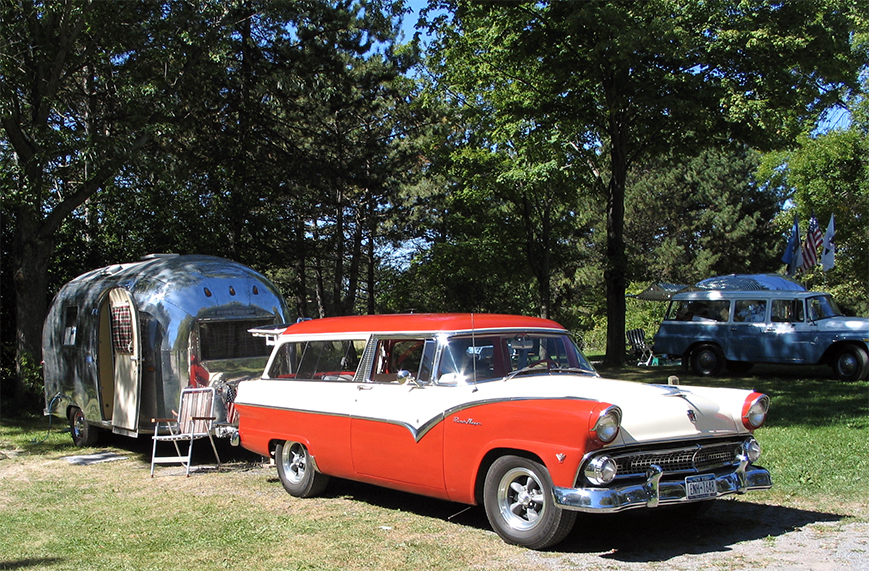 Graphic courtesy of hydrographicsmalta.eu
Graphic courtesy of hydrographicsmalta.eu
It wasn’t that long ago that custom paint jobs and decals were considered top-shelf customization. Sure those were a vast improvement from the days when more than 50% of the cars on the road were black, but customization has come a long ways in a short time, including:
- Engine mods
- Coilovers or air bags
- Car wraps
- And, of course, hydrographics
Hydrographics is also known as immersion printing, water transfer printing, water transfer imaging, hydro dipping and cubic printing. You may have even heard it called camo dipping, decorative transferring, fluid imaging or aqua printing. But, each term describes the same basic process.
In hydrographics, printed designs are applied to three-dimensional surfaces, including the exterior panels of vehicles, plus the interior and dash trim, the engine bay and wheels. This process can be used on metal, fiberglass, ceramics, plastic, glass, certain types of wood and more – in fact, on just about any surface that can be painted. You can even match the hydrographics on your motorcycle and/or ATV with the helmets you wear.
At its simplest, this is the process. The material to be printed is pre-treated. Then a pre-printed film with the design of choice is placed into a tub of water. Activating chemicals are sprayed on the film to dissolve it and serve as a bonding agent. The material to be printed is lowered into the tub, being dipped in one continuous motion. The ink wraps around the material and sticks to it. After the object being printed is removed from the tub, the chemicals are rinsed off.
Pinterest shows a variety of creative ways in which the process has been used to customize vehicles.
See the process in action
One of the more well-publicized uses of hydrographics was when American Chopper learned the process to create a one-of-a-kind camo bike.
High Tech Corvette shows a more detailed look at the process, from dipping to rinsing and from clear coating to drying, on a Camaro front splitter. This pattern gives the Camaro a cool carbon fiber look.
https://www.youtube.com/watch?v=QIPDi35ByW8
Besides a wide variety of camo and carbon fiber patterns in films used for hydrographics, films come in wood grain, metal, marble and other stone looks, along with designer films that print images of flames, flags, flowers, money, offbeat patterns and more.
Creation of hydrographics process
Although there is debate about the evolution of the process, the first hydrographic patent is one by Motoyasu Nakanishi of Kabushiki Kaisha Cubic Engineering on July 26, 1982 (4436571 A). Here is its description:
“printing apparatus provided with a structure which supplies a transcription film into a transcription tub containing a liquid so that the transcription film is kept afloat on the liquid, a structure which makes the liquid flow in a direction in which the film is supplied, and a structure which slantingly immerses an article to be printed into the liquid in the transcription tub from an upstream position to a downstream position of the liquid.”
This process has allowed countless vehicles to customize their rides – and hydrographics can be combined with custom paint jobs to create looks that are truly one of a kind.
Editor's note: How about you? Are you thinking about using hydrographics to customize your vehicles? If so, what are your ideas? Share them in the comments.
